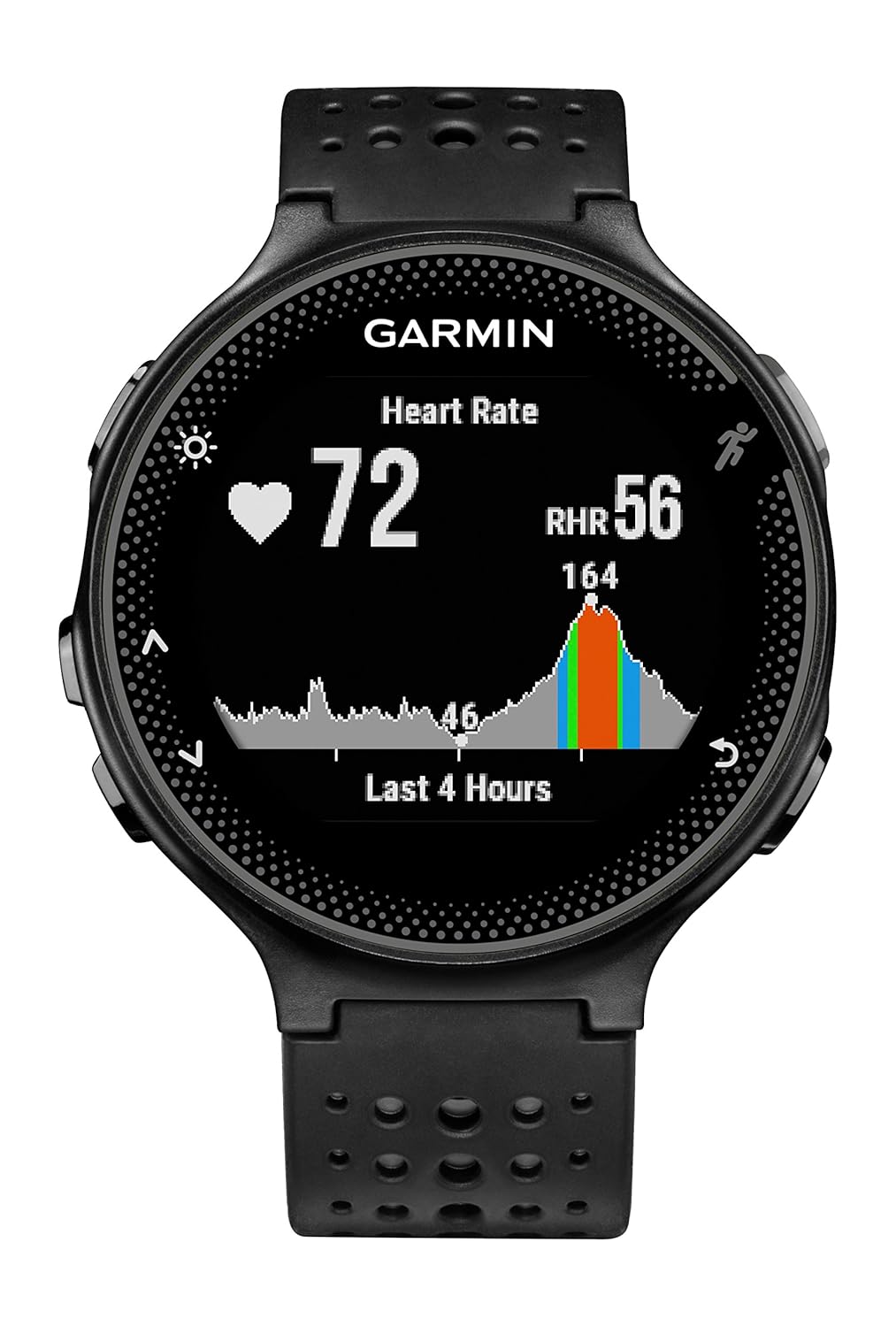The seeds for today’s wearable technology were first sown in January 1946 when Dick Tracy communicated through his two-way wrist radio with members of the police force in the popular daily comic strip. In 1964, his radio was upgraded to a two-way TV. Life imitates art, which means watches imitate telephones. Today’s wearable devices have brought Dick Tracy’s fictional wristwatch radio into modern reality.
Wearable technology refers to any clothing or accessory items that contain computers or similar advanced electronics. Wearable technology products include everything from GPS-enabled heart monitoring wristbands to sunglasses that record everything you see. The wristband activity trackers have attracted the most attention lately.
Let’s take a look at some examples of the wearable technology currently on the market:
1. APPLE WATCH
The Apple Watch builds on the jetpacks and rayguns idea to give you that souped up Dick Tracy watch you always dreamed of as a kid. The robust wristwatch puts phone calls, messaging, maps, payments, and other apps together in a neat little package on your wrist. It’s an impressive piece of hardware, but many still balk at the $400 price tag.
2. FITBIT
The FitBit is one of the bestselling wearable tech items. This activity bracelet tracks your physical activity levels and monitors your vital signs. There are several models; the FitBit Charge HR tracks your steps and your heart rate, allowing you to calculate workout stats like distance, calories burned, floors climbed, the number of minutes you stayed active. Sync it with your smartphone to receive call notifications and track stats.
3. GARMIN FORERUNNER 235

Scheduled for release on December 2, the Garmin Forerunner 235 offers a screen that is nearly 50% larger than the previous version. The screen provides a visual display of your heart rate and physical activity. The GPS-enabled running watch tracks your route, distance, speed and heart rate. It syncs up with your smartphone for notifications and to track lap times and stats.
4. LINCASS L12S
To get many of these features in a much less expensive package, consider the Lincass L12S Bluetooth bracelet. This basic wearable provides pedometer stats and offers Bluetooth connectivity to your phone for notifications, hands-free speakerphone calling, and music. The bracelet also vibrates when it gets more than 10 meters away from your Bluetooth-paired phone to prevent loss and theft.
Wearable Technology and the Insurance Industry
Obviously this sort of technology has value to the wearer. It helps you collect and collate your physical health data, but more importantly, it causes you to think about your health just by giving you any data at all. It’s great to have access to that data. Now, what if your doctor could access your wearable data too? How about your insurance company?
As this sort of technology gets smaller and cheaper to manufacture, we will begin to see wearable technology become more and more commonplace. More wearable devices coming on the market will mean a proliferation of data created by the devices. Big data firms are starting to collect and aggregate this data for analysis now. In particular, wearable activity trackers like the very popular FitBit could have some obvious benefits to the insurance industry.
In the not-too-distant future, we may see real-time insurance premium adjustment based on increased physical activity or ideal biometrics. In car insurance, Progressive has offered drivers discounts in exchange for safe driving behavior as measured by real-time monitoring of their driving habits since 2011. While Progressive installs a device in customers’ cars, health insurers need a device that customers will install on themselves. Wearables just seem to fit the bill.
In fact, life insurance provider John Hancock recently launched a pilot program in their life insurance offerings that bases premiums on data from an activity tracker the company provides. While it makes actuarial sense, the practice raises concerns about privacy and social effects. According to a recent Accenture study, almost two-thirds of insurers expect wearables to make a profound impact on the industry over the next two years, and almost one-third were using wearables in their businesses already, either with customers or employees.
Wearable technology adoption is proceeding quickly, so insurers might as well figure out a way they can use the popular technology to gain some insights about their customers. With the right approach to privacy concerns, the technology could offer a win-win for consumers who are making an effort to stay healthy. Wearables can help do that, and could help save money because of it.




